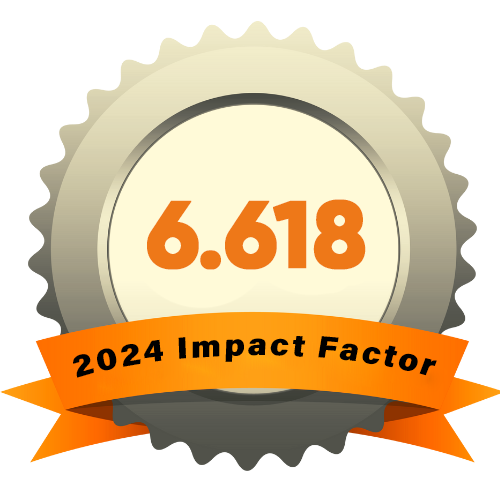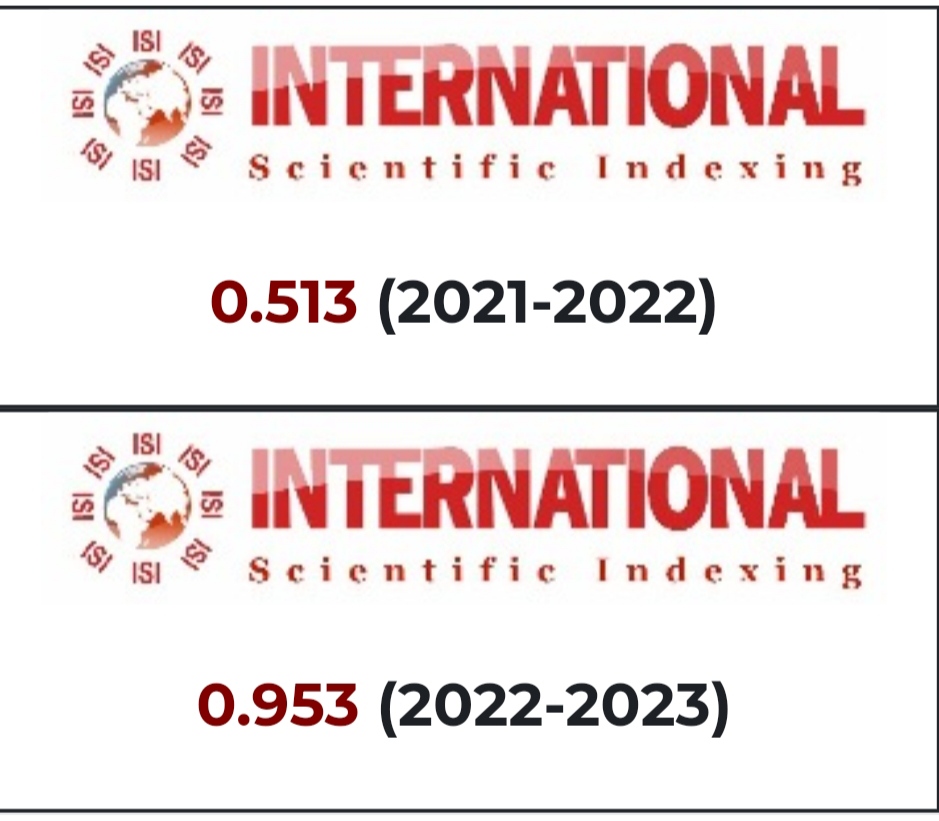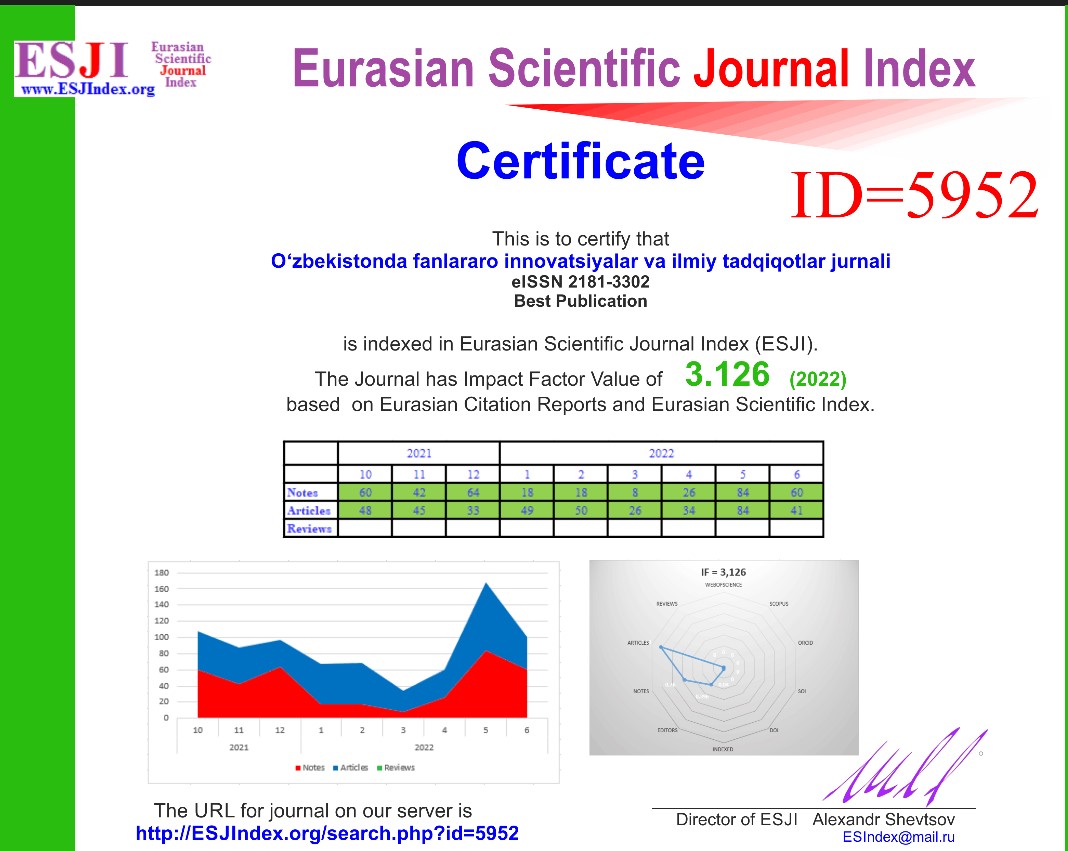TEACHING ENGLISH TO DIFFERENT AGE GROUPS
Abstract
Teaching strategies are the techniques and methods that a teacher applies to support student learning. At the present stage of the development of modern methodical thought, the basic structural unit of the educational process in a foreign language is that the lesson is seen as a complex act of communication, the main purpose and content of which is practice in solving problems of interaction between subjects of the pedagogical process, and the main way to achieve the goal and master the content serve motivated communicative tasks of varying degrees of complexity. When teaching different age groups, you’ll realize the importance of being able to relate to what is going on in your students’ worlds. You begin to look back at when you were their age and wonder what appealed to you, and if it will still resonate with them today. This article will look at how best to relate to the age group you are teaching by keeping your lessons relevant and exciting.
References
- Augustine, D.K., Gruber, K. D., & Hanson, L. R. (1989–1990). Cooperation works! Educational Leadership, 47, 4–7. Chiu, M. M. (2008).
- https://shaneschools.com/teaching-english-to-different-age-groups/
-Teaching English to Different Age Groups: The Guide By Adil Vellani / November 26, 2021 https://jimmyesl.com/teaching-english-age-groups/
-Flowing toward correct contributions during groups' mathematics problem solving: A statistical discourse analysis. Journal of the Learning Sciences, 17 (3), 415–463. Deutsch, Morton (1949).
- The reverse jigsaw: A process of cooperative learning and discussion. Teaching Sociology 31 (3): 325–332.
-Johnson, D.W. (2009). «An Educational Psychology Success Story: Social Interdependence Theory and Cooperative Learning». Educational Researcher. 38 (5): 365–379.











